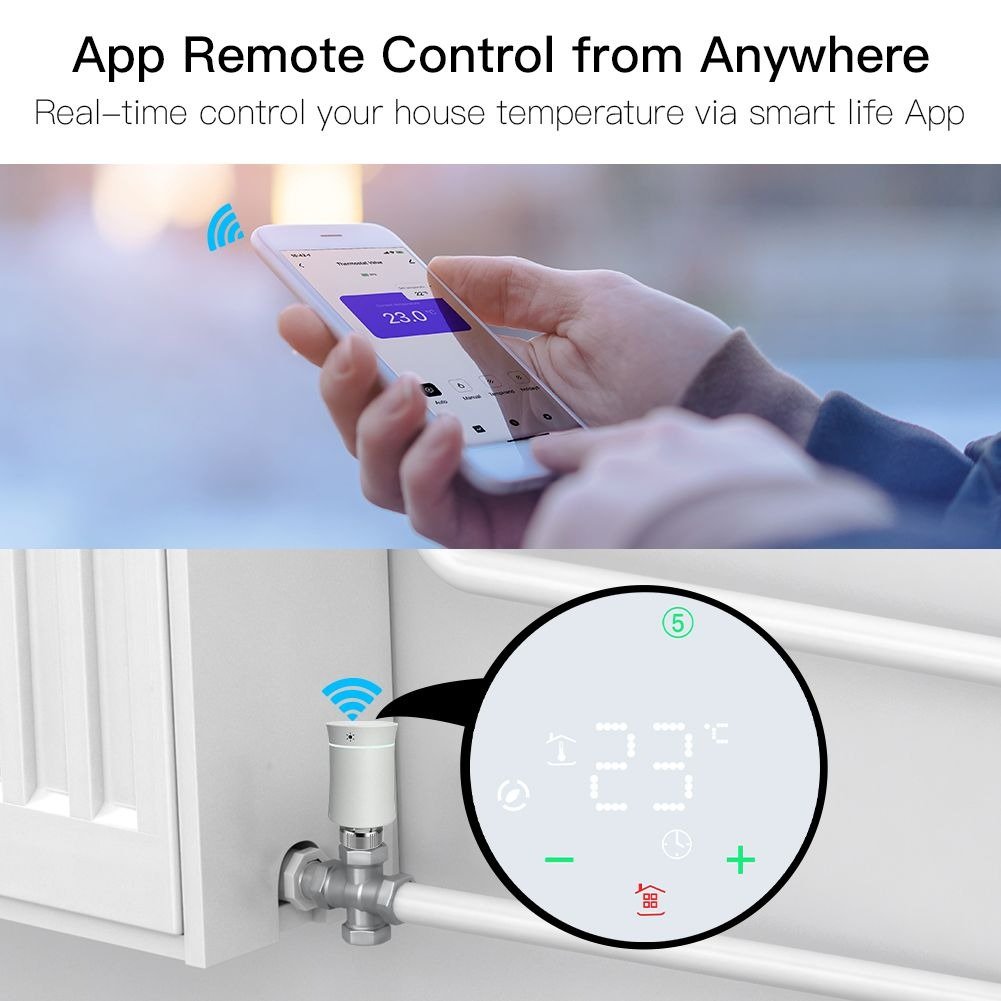Imagine shivering in your office or home because your steam radiator isn’t heating right—it’s either too cold or scalding hot, wasting energy and spiking bills. Ignoring this can lead to costly repairs or uneven heating nightmares. But don’t worry, understanding steam radiator temps can fix this mess, and this article’s got your back—read on for the solution!
A steam radiator typically operates at 212°F (100°C), the boiling point of water, since steam powers it. However, the surface temp usually sits between 100°F to 180°F (38°C to 82°C), depending on the system and valve settings like a thermostatic radiator valve Danfoss or Honeywell.
Curious how to keep your radiator safe and efficient? Stick around—below, we’ll dive into ideal temps, thermostat ranges, and how to tweak your thermostatic radiator valve for max comfort.

How Hot Is Too Hot for a Radiator?
Radiators can get pretty toasty, but there’s a limit before things go south. If your steam radiator’s surface climbs past 180°F (82°C), you’re in the danger zone. At that point, it’s not just uncomfortable to touch—it can burn skin or overheat your space. Plus, excessive heat often means your system’s working overtime, hiking energy costs and wearing out parts faster. For one-pipe steam thermostatic radiator valve setups, this is a big red flag—steam pressure could be off, or the valve’s not doing its job.
High-quality valves, like those from IVALVECRAFT, keep things in check. Our brass thermostatic radiator valves stabilize export pressure and flow rate, so you won’t hit those crazy highs. If your radiator’s scorching, check your valve—maybe it’s time for a thermostatic radiator valve installation to tame the beast and save your wallet.
What Is the Temperature Range for a Radiator Thermostat?
Radiator thermostats are your best buddy for controlling heat, but what’s their sweet spot? Most thermostatic radiator valves, including top-notch ones like thermostatic radiator valve Honeywell or Danfoss, work between 45°F to 85°F (7°C to 29°C) on the room temp scale. That’s what they’re set to maintain indoors, not the radiator itself. The valve adjusts steam flow to hit your target, so the radiator might still feel hotter—up to 180°F on the surface.
Our IVALVECRAFT valves nail this range with precision, perfect for wholesalers or construction projects in Russia, Poland, or the UK. Whether it’s a thermostatic radiator valve steam system or a standard setup, you get steady heat without wild swings. Want consistent comfort? A good thermostat range is key—keep reading to learn how to use it right.
How to Operate a Thermostatic Radiator Valve?
Okay, so you’ve got a thermostatic radiator valve—how does it work? It’s simple! These valves, like our IVALVECRAFT thermostatic mixing valves or radiator valves, have a numbered dial—usually 0 to 5. Zero shuts it off, while 5 cranks the heat to max (around 85°F room temp). Twist it to, say, 3, and it’ll hold your room at a cozy 70°F or so. The valve senses the air temp and tweaks the steam flow—pretty smart, right?
New to this? Thermostatic radiator valve how to use is a common question, and here’s the trick: start low, adjust slow. For thermostatic radiator valve installation, it’s a quick job—our brass safety valves pair perfectly for DIY chains or procurement officers in Germany or Romania. Mess with it daily, and you’ll master it fast—energy savings included!
Summary
Steam radiators run hot—212°F for steam, 100°F to 180°F on the surface—but knowing the limits keeps you safe and comfy. Too hot means trouble above 180°F, while thermostats hold rooms at 45°F to 85°F. Operating a thermostatic radiator valve how does it work? Just turn the dial and let it balance the heat. From thermostatic radiator valve installation cost to performance, IVALVECRAFT’s got your B2B needs covered for Poland, Czech, or beyond.
Choose IVALVECRAFT, choose reliable partner, enjoy the high quality and best service.


